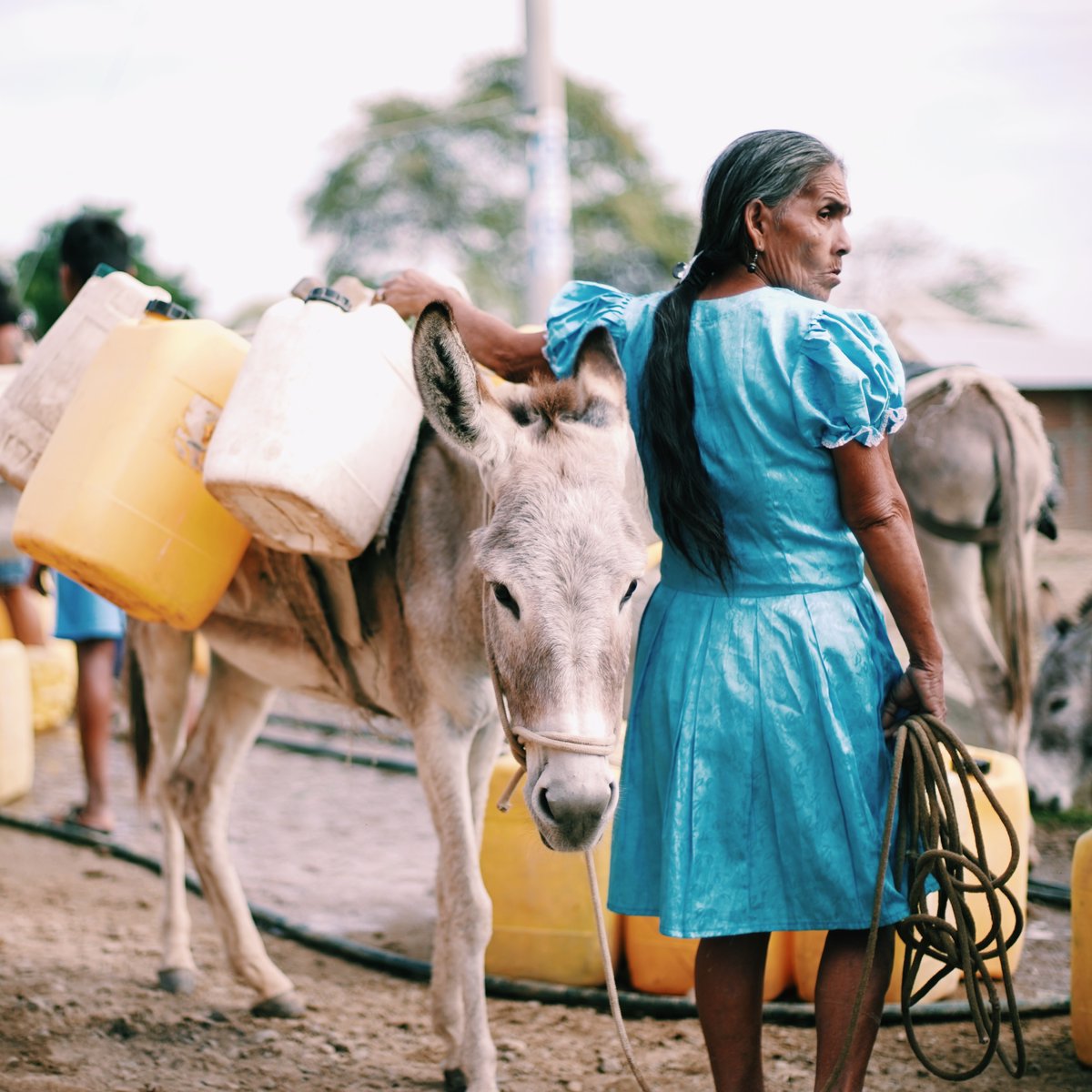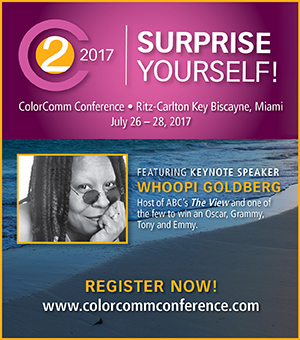Through The Safe Water Project in Peru, The Clorox Company is leading an effort to address the chronic problem of unsafe drinking water. Since its launch, The Safe Water Project has proved strong results, with more than 60 percent of community households treating their water with bleach and over 350,000 liters of water a day being purified.
DIVERGE talked to Gabriele Amtmann, Associate Director Marketing, The Clorox Company for details on the project.
Why is Clorox taking part in the Safe Water Project?
The Safe Water Project is a Clorox initiative that aims to harness the simple and cost-effective but powerful nature of Clorox Bleach to address one of the most pressing global issues: water safety. One in seven people in Peru don’t have access to safe water. In turn, unsafe drinking water is a leading cause of illness, malnutrition and death for children in the country. While there are many clean water technologies, the reality is that unlike some global issues, there is a scalable and easily adoptable way to kill 99.9 percent of bacteria and viruses in water like cholera – a few drops of bleach. The project’s innovative bleach dispenser model provides a simple, affordable water treatment solution for use in poor areas where people collect water from an untreated, communal water source.
Rather than start from scratch, Clorox wanted to learn from and reapply a successful approach, and the bleach dispenser model has a strong, proven track record in other parts of the world, particularly Africa. The dispenser was created in 2007 by an NGO called Innovations for Poverty Action (IPA) through work they were doing in Kenya.
Research on this model found a six-fold increase in the number of households treating their water when they had access to a dispenser, compared to households in communities that did not. These high adoption levels were sustained even three years after the dispensers had been installed. On top of this, the model is low-cost and sustainable interim approach to addressing the needs of rural populations as they wait for water infrastructure to reach their communities.
Why is this initiative important to Clorox?
The Clorox Company has a long history of supporting healthy families with its namesake bleach. Bleach is a safe, powerful and cost-effective disinfecting agent that can play a key role in public health for over 100 years. Giving communities access to safe, clean water has a ripple effect, creating healthier and livelier communities.
How will you partner with AOL to do work on this?
In the United States water safety is not an everyday concern for most people, so we needed to bring a seemingly faraway issue to life by harnessing technology to place viewers in Peru. Clorox and AOL’s RYOT Studios partnered to create a 360 video to allow viewers to immerse themselves in a community in Peru that has benefitted from The Safe Water Project. Leveraging AOL’s network, which reaches more than 500 million global consumers, this short film, titled “Purely Peru,” features cutting-edge in-app donation button technology. Through this partnership, Clorox and AOL are driving a fresh new dialogue around how brands can engage with their audiences through this game-changing technology.
How can others help?
Viewers can experience the video on the HuffPost RYOT app, YouTube 360 or through a VR headset and make a donation straight from their devices. To view the 360 video via desktop and donate to The Safe Water Project visit http://ryot.huffingtonpost.com/purely-peru/. Once in the video, viewers can use their cursor to get a complete 360 view of the community.
What role does virtual reality play in this project?
Using virtual reality, Clorox and AOL are able to bring a seemingly far-away issue up-close-and-personal by showing viewers what it is like to live in one of these communities in Peru. It showcases how immersive technology can be used for global storytelling and for social good by allowing people to step inside and see for themselves how The Safe Water Project is impacting communities and raising awareness around the issue of unsafe drinking water.
Will you do this in any other countries?
Peru is the first place where the Clorox Safe Water Project is addressing the chronic problem of unsafe drinking water in underprivileged populations. The goal is to build an effective, scalable and sustainable model that local communities could adopt to improve the quality of their drinking water and reduce the rate of intestinal illness.
Feedback so far?
The goal of The Safe Water Project is to use the disinfecting power of bleach to provide more than 100 million liters of safe, drinkable water to more than 25,000 people each year in 21 different communities in Peru. Since its launch, The Safe Water Project has proved strong results, with more than 60 percent of community households treating their water with bleach and over 350,000 liters of water a day being purified.
Visit Clorox.com/TheSafeWaterProject to learn more about The Safe Water Project.


